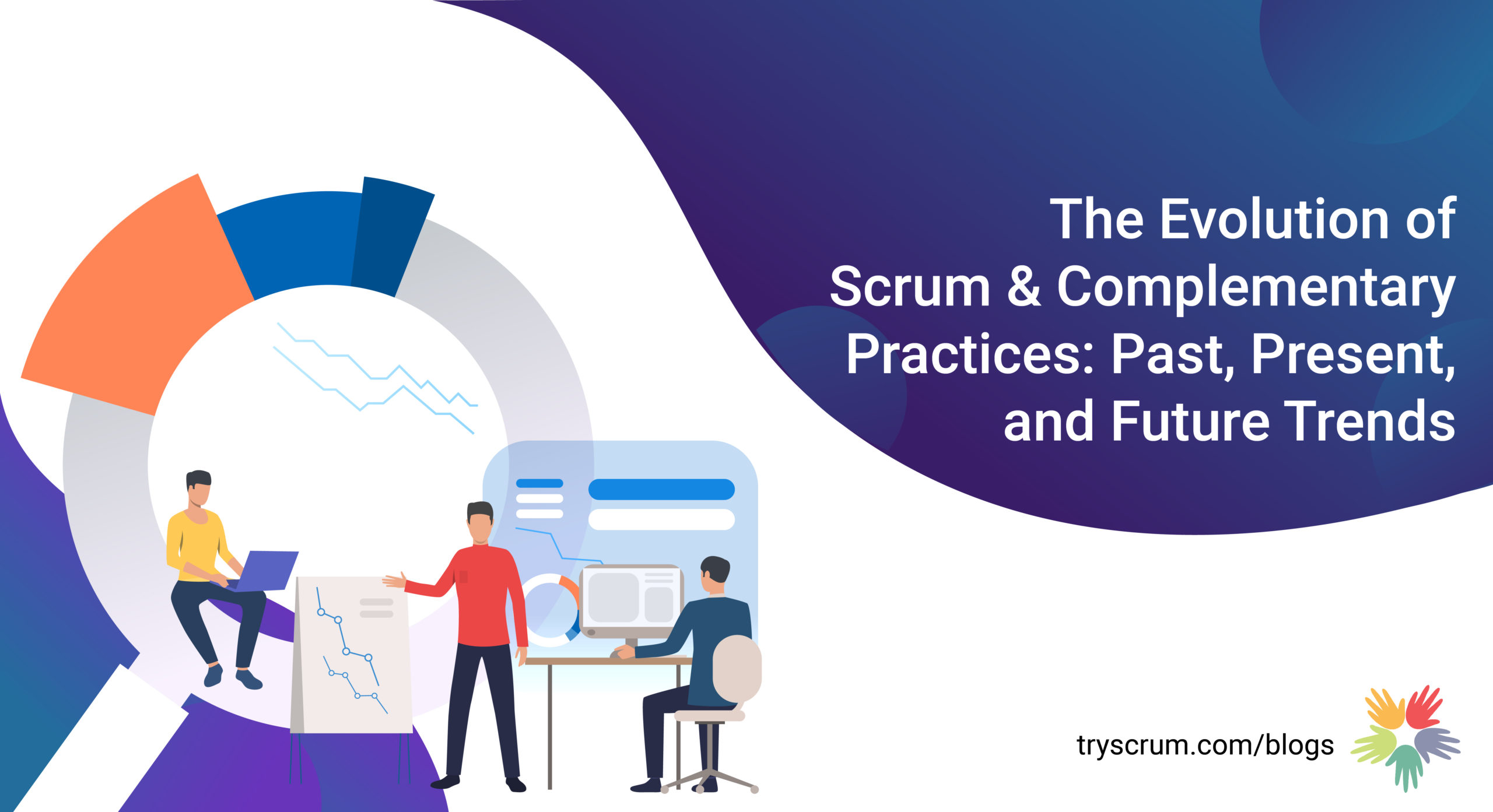
A Tale of Two Leadership Styles
Many leaders today find it challenging to cope with the increasing pace and complexity of change. For many companies, the root cause of this change is disruption fueled by the digitization of products, processes, and business models. This article explores the skills, competencies, and behaviours that leaders require to succeed in complex environments.
Researchers found that leadership effectiveness in disruptive environments shared many characteristics as leadership in more stable environments, with a few notable exceptions. Therefore, I will refer executives who are successful in disruptive environments, particularly in the VUCA world, those characterized by digital disruption, as Agile Leaders.
Four characteristics distinguish agile from non-agile leaders according to the Global Centre for Business Transformation.
What Defines an Agile Leader?
Historically, leadership has been associated with a few universal competencies and behaviours, such as integrity, judgment, resilience, decision-making capacity, analytical ability, charisma, and communication skills. The following four competencies associated with the Agile Leader help define “what they are”: Humble, Adaptable, Visionary, and Engaged.
Agile Leaders are:
- Humble: They are able to accept feedback and acknowledge that others know more than they do.
- Adaptable: They accept that change is constant and that changing their minds based on new information is a strength rather than a weakness.
- Visionary: They have a clear sense of long-term direction, even in the face of short-term uncertainty.
- Engaged: They have a willingness to listen, interact, and communicate with internal and external stakeholders combined with a strong sense of interest and curiosity in emerging trends.
In other words, they have “HAVE.”
This very well resonates with the styles of leadership defined by Liz Wiseman. According to Liz Wiseman, there are two styles of Leadership,
The Diminishers
According to Liz Wiseman, Some leaders drain all the intelligence and capability out of their teams. Because they need to be the smartest, most capable person in the room, these managers often shut down the smarts of others, ultimately stifling the flow of ideas. You know these people because you’ve worked for and with them.
The Multipliers
Multipliers are leaders who strive to unleash the power and creativity of their people. They use their knowledge and insights to increase the intelligence and capabilities of their people. As a result, new ideas emerge whenever they walk into the room, and problems are solved.
Multipliers is a leadership concept based on the book Multipliers, how the best leaders make everyone smarter by Liz Wiseman (The Wiseman Group). She researched 150 of the world’s best leaders, looking for the traits that distinguish leaders who get the best out of their people (Multipliers) from leaders who actually weaken the potential of their team (Diminishers).
The research shows that ‘Multipliers’ can access up to 90% of the talent of people and organizations. In comparison, this figure is just 48% for the so-called ‘Diminishers’, the leaders who leave talents untapped, such as failing to show trust, maintaining too much control or being too directive on how work should be done.
Multipliers are leaders who can get more out of their people by utilizing the talent and intelligence of employees more effectively.
A Multiplier:
- accesses the available talent and doubles productivity.
- gains access to twice the available intelligence.
- creates a culture in which new ideas thrive.
Becoming a Multiplier
- By limiting your own comments, you make space for others to contribute—and your words become that much more influential.
The primary building block to be an effective leader is to help your teams unleash their power and intelligence. Teams have the answers, or they can find the answers. The Multipliers do not deliver answers; they question and invites discovery.
- Stop worrying about having all the answers. Use your knowledge of the business to ask insightful questions that invite discoveries. This will enable the members of your team to stop, think, and then rethink.
- Finally, use questions to determine the next steps. Simply put, when you invite people’s best thinking and lead like a multiplier, your team will give you more—more discretionary effort, more mental and physical energy, and more of the fresh ideas critical for long-term success.



